Review: Kyocera DuraMax for Sprint
Nov 3, 2011, 7:26 AM by Eric M. Zeman
Kyocera fields one of the first devices using Sprint's new CDMA-based push-to-talk service. Can this new system — and the DuraMax — live up to the solid PTT performance of Sprint's aging iDEN network?
Form
Is It Your Type?

The Kyocera DuraMax is a rough-and-tumble clamshell made for Sprint. It's one of the first to use Sprint's new CDMA-based (rather than iDEN) DirectConnect push-to-talk service. Though it aims low with a basic feature set, if you're looking for a simple voice phone that can survive the daily wear-and-tear of an outdoor work environment or active lifestyle, then the DuraMax may fit the bill.
Body
Ruggedized clamshells are never subtle phones. Quite often, they're monstrous blocks of hardened plastic and rubber. The DuraMax follows in that vein. For its blocky shape, it still manages to pack in a modern design. There's nothing feminine about this phone; the DuraMax is all masculinity and muscle.
The DuraMax has plenty of right angles forming its edges and sides, which amplify the brick effect. It's a thick phone, not too heavy, but tough to wrap your hand all the way around. It's just a hair under one inch thick. It will not be comfortable to pocket in a pair of tight jeans. No, the DuraMax wants a holster and doesn't care how (un)cool it looks.
The hinge of the DuraMax is rock solid. It has no side-to-side movement when closed or open, and feels as though it could survive the worst type of abuse. It's very strong, but still flips open easily with spring assistance.
The microUSB port is situated on the left edge of the DuraMax, and is covered by a sturdy rubber hatch. The hatch seals snugly so the DuraMax can be splashed with liquids or submerged a while without danger. The volume toggle is above the hatch, and it protrudes nicely from the side of the phone. The button works well, though it might be difficult to use when wearing gloves because it is a short button. The dedicated PTT button is between the hatch and the toggle. It has the same nice feel, and is easier to find with gloves on. Travel and feedback is a bit weak, though.
The 2.5mm headset jack is on the right side of the DuraMax, near the top corner. It, too, is protected by a sturdy hatch, which seals tight when pushed back into place. The speakerphone button and mute button are both on top. These rectangular buttons are small, but still easy to find and use.
The buttons making up the DuraMax's keypad are fairly large and well spaced,. The keys have a soft-touch feel to them, and good travel and feedback. The navigation cluster centers around a large d-pad, with a golf-ball-dimpled center button. The d-pad feels great to use when navigating menus and options across the screen. The soft keys and send/end keys are a good size and shape, as are the other keys.
In order to achieve its mil-spec rating, the DuraMax's battery cover needs to be water-tight. There's a large switch positioned close to the bottom of the battery cover. Slide it over to unlock the cover. Only then will you be able to pry it off. Unfortunately, you'll also have to remove the battery itself if you want to get at the microSD card slot, which is hidden beneath.
The DuraMax doesn't break any new ground in terms of design or ruggedization. Instead, it treads the same well-worn path in sturdy boots that will get you where you need to go reliably day in and day out.
The Three S's
Screen
The DuraMax's diminutive 2-inch display left me wanting more. It packs in 240 x 320 pixels, which means that text, graphics and icons look good and sharp, for such a small screen. Brightness is also very good. There's no need to use a flashlight app; this inner screen easily lit up a dark hallway in my powerless house during Snowtober. The one problem is that the text and menus on the DuraMax are extremely small. The indicators at the top of the screen are so small as to be nearly invisible. The screen is readable outdoors, though.
The external display is a monochrome affair that offers only alerts, the time, and basic indicators. It, too, is fairly bright, but it's not quite as easy to read outdoors as the inner display.
Signal
Running on Sprint's CDMA network, the DuraMax performed on par with other Sprint devices tested in the NYC metro region. It held onto two bars in my office, but lost the network completely in my basement (for comparison's sake, an iDEN phone would still have connected to the network in my basement). Outdoors, the DuraMax mostly displayed four bars. In practical terms, the DuraMax connected all but one of my calls on the first try, and it dropped only one.
As for data, it was pretty good for an EVDO 3G phone. Mobile-optimized web pages loaded in 10 to 20 seconds pretty regularly. The DuraMax didn't offer the strongest signal performance around, but it was far from awful.
Sound
Call quality with the DuraMax was surprisingly good. I thought most conversations sounded clean and were free of hiss or static. There was a slight "digital" effect present during some (not all) calls, but it was not intrusive. As for volume, well, we have a problem, Houston. The earpiece is anemic at best, and conversations can be difficult to hear even in the quietest environs, let alone noisy ones. I'd suggest using the speakerphone when possible, as it is much easier to hear conversations with the speaker blaring. Calls via the speakerphone are good, with respect to quality, though I wish even the speakerphone were louder. The vibrate alert is strong enough to cause most anyone to jump out of their skin.
Battery
The DuraMax's battery does a good job. It easily lasted through two whole days, with some life left to spare the third morning. Using the navigation services reduced battery life a bit, but otherwise nothing seemed to phase it. Weekend adventurers can probably count on the DuraMax to deliver the performance they need when out and about without worrying about when they'll juice up next.
Basics
Menus
The DuraMax uses one of Sprint's most basic user interfaces; it's been around for years. The home screen has links to your favorites and contacts via the soft keys. If you want to get at the main menu, press the center of the d-pad. The main menu is a 12-icon grid that can also be viewed in list form. Rather than make you jump through hoops to change the way the main menu looks, the right soft key does the trick. For my money, the grid view is easier to use on a day-to-day basis.
The 12 icons don't offer any surprises and are composed of the requisite mixture of phone tools and Sprint service offerings. Similar to other Sprint phones, it uses the My Stuff folder to centralize all your media and apps and games. The "Shopping" icon doesn't take you to an on-board apps store. Instead, it fires up the browser and loads Sprint's terrible content portal.
Once you move deeper into the menu system, the default view of the menus switches to an endless array of lists.
Calls/Contacts
PTT
The DuraMax uses a new system to deliver push-to-talk, walkie-talkie style conversations. Whereas Sprint Nextel's legacy PTT system uses iDEN, the new one uses Sprint's existing CDMA network. This is the third effort taken by Sprint to bring a workable iDEN alternative to market. For example, back in 2006/2007, Sprint launched ReadyLink, which was also based on CDMA. Later, in 2008, Sprint launched QChat phones, which used a CDMA-based PTT alternative. While QChat was reasonably good, the lag time when sending walkie-talkie messages back and forth proved to be too much for the impatient PTT user.
Now, we have this new service, which was also developed by Qualcomm and also runs on Sprint's CDMA network. For all intents and purposes, most users won't be able to notice the difference between the new service and the legacy iDEN-based service.
Once you've configured the handset for PTT services and added some DirectConnect contacts, reaching out to them is a breeze. The user interface for initiating calls and setting up chats is nearly identical to the previous tools. Anyone used to a Sprint-branded PTT service will feel right at home on the tools offered by the DuraMax. DirectConnect is there, as is GroupConnect, Call Alert, NextMail, and a handful of other features.
In my tests, the delay in the time it took to send/receive PTT messages was just as short as it would be with an iDEN-based handset. It was as close to instantaneous as you could ask. The one caveat here is network strength. With poor (read 1X) coverage, the system is useless. It requires 3G to function properly. This means if you're in an area with crummy Sprint 3G, the DuraMax may not always offer the best PTT service. But when coverage is good, you've got nothing to worry about. The system works with other new DirectConnect devices as well as the older iDEN handsets, though I couldn't gt it to duplicate the DirecTalk system, which let two handsets communicate even without a network presence (true walkie-talkie style).
The quality of the calls coming through the PTT service was acceptable, but even via speakerphone, not quite as loud as they should be. This is the only real negative. Out in the quiet of the woods, sure, it'll be plenty loud. On the construction site? Not so much.
Only the most seasoned veterans of Sprint Nextel's iDEN services might be able to tell the two types of PTT services apart, but I doubt it. Sprint and Qualcomm have done an admirable job of matching the performance of the iDEN network with respect to PTT services.
Calls
The DuraMax doesn't offer any surprises in the phone call department. Press the green send key to get at a list of all your calls. The in-call options range from the typical phone book access to 3-way calls. You can also set up to 98 speed dials if you wish.
Contacts
The contacts applications is simple and straight forward. From the contact list, the left soft key automatically initiates a text message.
Messaging
If you want to send messages from the DuraMax, you're going to have to work for it. The text messaging app is basic and straight forward. There are 20 pre-loaded messages, as well as an easy way to insert "web shortcuts", which are standard Internet phrases such as "http://", "www", or ".com". You can also control the behavior of the predictive text software and add custom words to the phone's dictionary. What I don't like is that you can't insert media into a text message. If you want to compose a "picture mail", as Sprint (still!) calls it, you have to choose that option first. At least messages are threaded.
Want more than SMS? Lots of luck.
There are no email nor IM clients pre-loaded on the DuraMax. Instead, you have to download them from Sprint's content store. The apps themselves are (thankfully) free, and if you have a data plan, it doesn't cost anything additional each month to use them.
Once you download the email app, you see that it is pre-loaded with a number of webmail clients: AOL Mail, AIM Mail, Hotmail, Yahoo, Gmail, Work, PCS Mail, and the ability to configure your own IMAP or POP3 accounts. Setup is a snap. Once you're signed in, you have access to a mobile version of your email.
On the IM side of the table, you have AIM, Windows Live and Yahoo clients bundled into the one app that's available in the Sprint content store. The IM client is identical to that of other Sprint feature phones. Seeing your online buddies and sending them messages is no more difficult than on any other feature phone, but the experience is far from rewarding.
Where's the social networking integration? Facebook, MySpace, and Twitter are conspicuously absent, as is any sort of catch-all social networking app. The best you can do is visit the mobile web sites of these services and hope that you have a good connection.
Extras
Media
There is no music client on the DuraMax. If you're looking to rock out while using the DuraMax, move along. It ain't happening.
Same goes for video. You may watch the videos captured with the DuraMax's camcorder on the device, but that's it. No Sprint TV, no MobiTV; no video player of any kind.
Camera
Camera
The DuraMax has a 3.2 megapixel camera. It doesn't have auto-focus, but it does have a flash. Press the dedicated camera key once quickly to open a short list of camera-related options, or press it twice quickly to open the camera itself. The camera launches quickly (~1 to 2 seconds), and it takes a second or so to shoot and process an image. It's certainly not bad in the speed department.
You can adjust all of the exposure controls you'd expect with a phone, such as brightness, contrast, color, and so on. I'd guess most users won't bother with these controls, however. There are some fun frames, some image tools, such as making photos black and white or sepia tone. The camera software is pretty basic.
The camcorder software behaves in exactly the same way.
Gallery
The gallery app is pretty good, all things considered. The phone separates galleries between what's on the phone itself and what's on the microSD card. The gallery shows a simple grid of thumbnails. The d-pad lets you add a "check" to whatever image is highlighted. This lets you perform edits and/or other actions en masse if you wish. You have to press the left soft key to expand/open the picture.
The editing features include the ability to add text captions, which I think is cool, as well as add special effects, re-size, or crop the photo.
But there are no social networking services built into the DuraMax at all, and you can't even send images via Picture Mail from the Gallery app. You have to go to the messaging app for that.
Photo/Video
Photos
Images I captured with the DuraMax are Picture Mail worthy and perhaps even worth sharing via social networks (if you could.) Colors looked good, images were sharp, and white balance was mostly accurate. Shots taken inside were full of grain and digital artifacts, though. The flash didn't help images much unless the subjects were very close to the camera.
Outdoors, the DuraMax fared better. In bright sunlight, the DuraMax had a hard time adjusting to brightness levels appropriately, which resulted in some washed out images (see the snow and the statue). But overall, they looked pretty good for an entry-level flip phone.
In other words, if you need to prove to your buddies back home that you really did catch that 24-inch salmon over the weekend, you'll be able to use the DuraMax to back you up.
Video
The DuraMax's camcorder records video at a maximum of 176 x 144 pixels, which is about as crummy as it gets. In fact, the window through which you shoot video is so amazingly small, it's nearly impossible to tell what you're shooting. As expected, the resultant video is utterly awful.

MPEG-4 format (viewable with QuickTime)
Browse/Customize
Browser
The DuraMax has EV-DO Rev. A connectivity, but you wouldn't know it based on the browser's performance. It has a WAP browser on board that takes its sweet time to load pretty much any web site that you might wish to view. The default home page is Sprint's portal, which is a disaster of links to content that costs you money. Beware this minefield. You can choose to visit other web sites, but it's a serious pain with the 12-key keypad.
The browser will render HTML pages when asked, but it does a poor job of it. HTML web sites are so slow to load, you may as well forget it and stick with WAP pages. We're talking minutes for HTML pages to load, not seconds. Scrolling through content-rich web sites is beyond painful, as the web page stutters its way across the display.
The one thing I really like is a toolbar that the web browser has. Press the right soft key, and you get a small little control bar. It lets you jump back and forward, as well as to your home page, a Google search page, a list of your recently visited pages and some very limited options.
Customize
The DuraMax only allows you to customize some of the really basic things, such as ringtones, ringer IDs, screen savers, etc. As noted, you can alter the main menu between grid and list views, but you can't customize to the way apps and folders are organized.
You can also change the input font between normal and large. The size increase is just enough to make a difference, but it doesn't go far enough for those who need very large fonts.
Extras
Apps
The DuraMax can download the simplest applications via Sprint's online portal. The apps available include things such as games, organizers, etc. It's hard to find what you're looking for, and every step requires a page refresh — which takes anywhere from 5 to 10 seconds. It's more infuriating than anything else.
Bluetooth
The DuraMax supports mono Bluetooth headsets and a few other profiles. Pairing was no problem, and call quality via mono headsets was good. Pairing with other phones to push contact data or photos was also a snap. I had no issues with the Bluetooth functions at all.
Clock
The clock on the external display is great for checking the time. It fills almost the entire display with a large digital clock that's viewable even out in the sun. This clock can't be changed. The clock that appears on the home screen can be customized in a number of different ways, including large/small digital, large/small analog, world clock, and several different calendar views.
GPS
The DuraMax has GPS on board and Sprint's free mapping and navigation software. It works, but just barely. Maps took ages to load, and using it as a real-time turn-by-turn navigation device could be problematic. I often shot past turns because the app was so slow to recognize where I was. I would say that the DuraMax's GPS capabilities will be best put to use in the great outdoors, where life doesn't move at 60 miles per hour.
Wrap-Up
The DuraMax's feature set is about as basic as it gets. Kyocera and Sprint are obviously aiming at a particular market segment with this device: those who need a durable phone that makes good voice calls and does little else. In fact, there's really no other reason to get this device if you're not in need of a rugged handset that offers PTT powers.
The hardware lives up to its mil-spec rating and survived some abuse from me, including drops, kicks, throws, and even dunks into water. It may not be a svelte piece of hardware, but that's not what it is designed to be.
The DuraMax's strongest suits are good battery life and good call quality. The only thing really holding it back in this respect is the pitifully weak volumes produced by both the earpiece and the speakerphone. You might be able to hear calls when on a quiet, woodland trail, but there's no way in hell you're going to hear what your coworkers are saying on a construction site. Speaking of which, the PTT walkie-talkie features work perfectly and are an able successor to Sprint Nextel's iDEN-based services.
The DuraMax's weak points are its limited media playback capabilities, so-so camera, and downright useless video camera. Browsing isn't that great, either.
But for the outdoor enthusiast who is more concerned with having a durable voice device than a pretty media device, the DuraMax is durable to the maximum effect.

Comments
The most basic thing Sprint allows Kyocera to screw up royally
The phone's volume on the ear piece and loud speaker are both weak at best. If you're doing anything outside where there is sound above say 70 decibels (which happens often on even "quiet" construction sites), then this phone will be useless.
Secondly, signal strength. As the review stated, his iDEN device worked IN his basement (and everywhere else) whereas this Kyocera barely worked indoors, and failed in the basement. Outdoors should improve things, but that's not ...
(continues)
- cellphonesaretools
(continues)


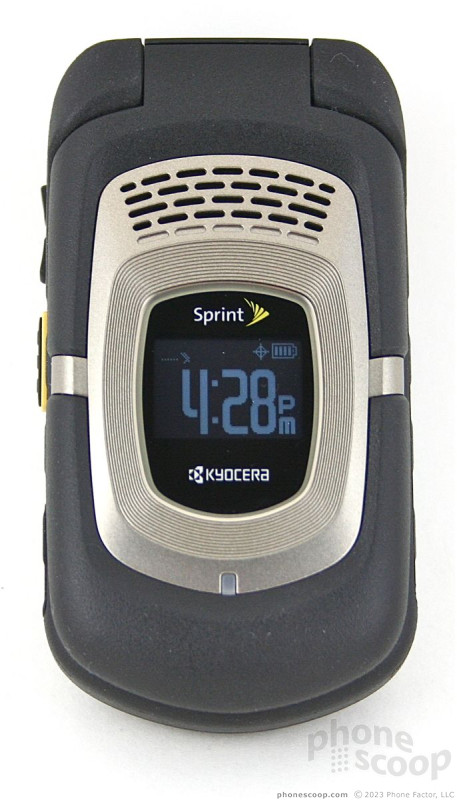













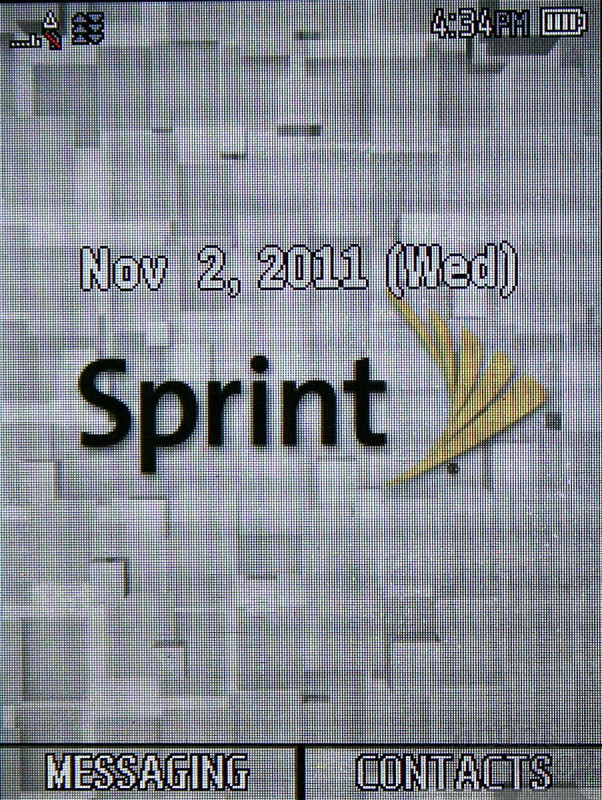



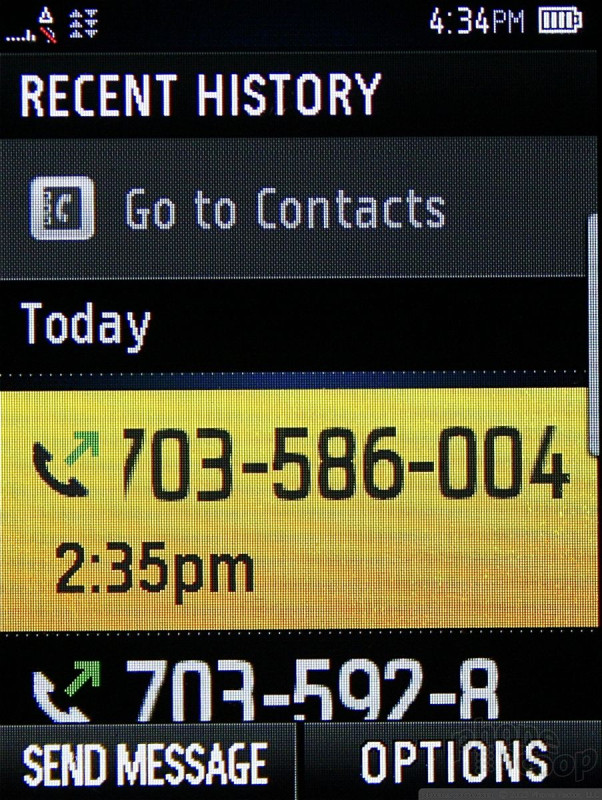




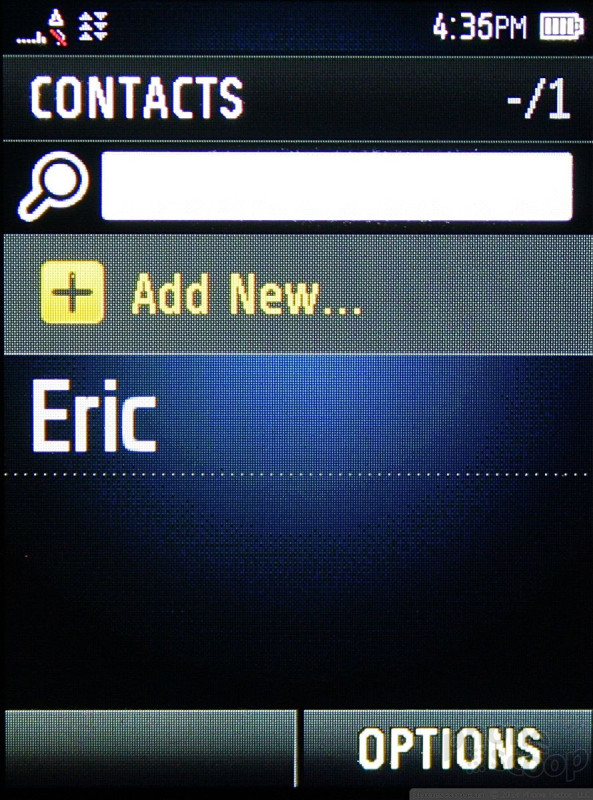



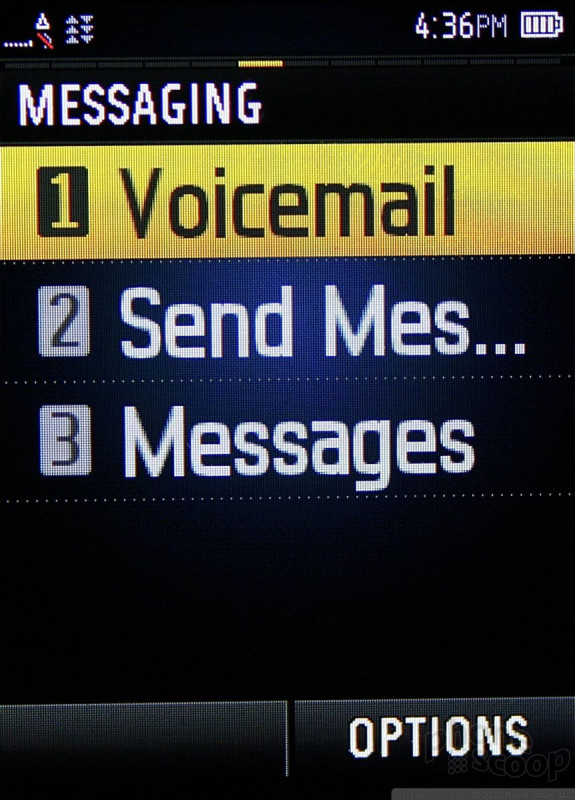




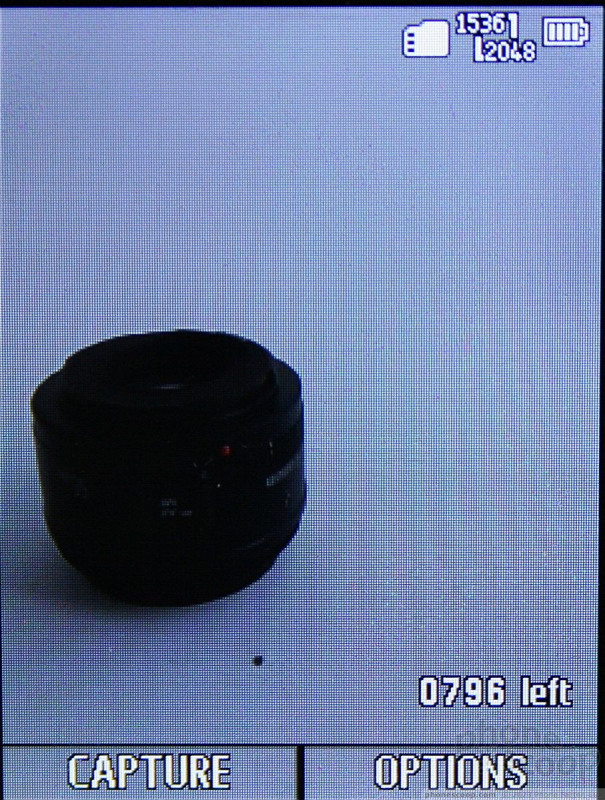




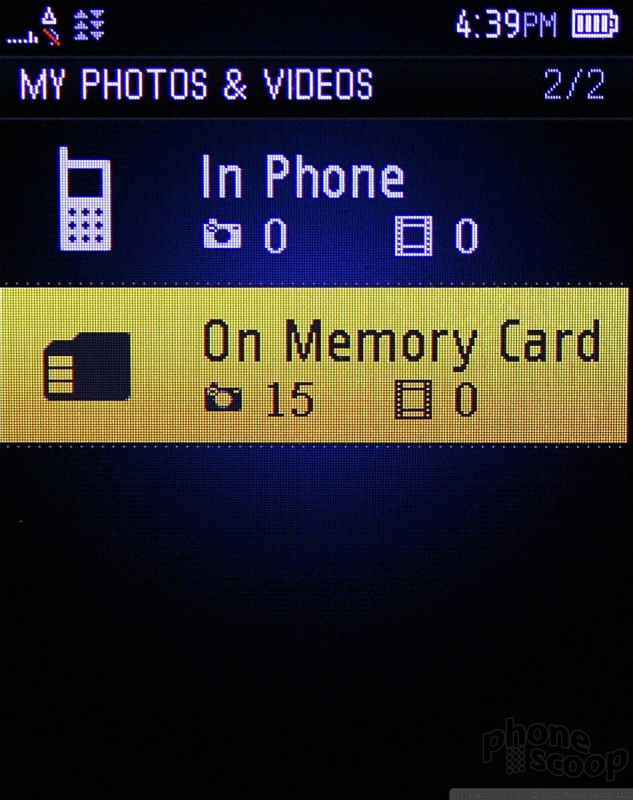

























 iPhone 14 Plus Offers a Big Screen For Less
iPhone 14 Plus Offers a Big Screen For Less
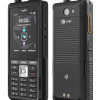 Sonim XP5plus Emulates Traditional Two-Way Radios
Sonim XP5plus Emulates Traditional Two-Way Radios
 Kyocera DuraMax
Kyocera DuraMax




